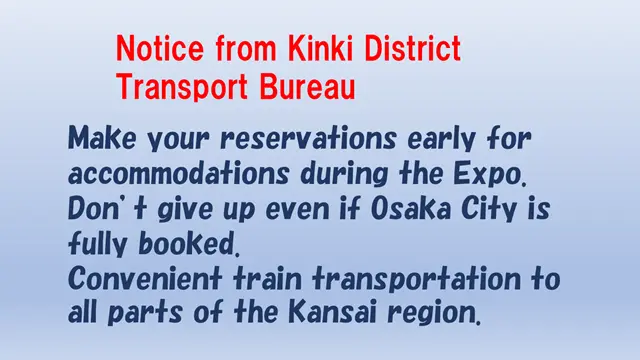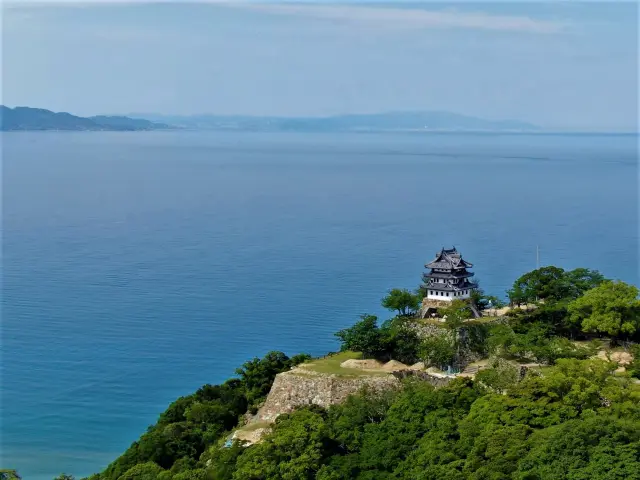 Search for Flights
Search for Flights
 Search for Hotels
Search for Hotels
 Check Exchange Rates
Check Exchange Rates
 Check the Weather
Check the Weather

The Kuruma Otoshi-jinja Shrine Okinamai Dance
Last update
Kobe City, Kansai
Nationally designated Important Intangible Folk Cultural Property
This rare Okinamai Dance consists of four parts. Experience a New Year ritual at the Kuruma Otoshi-jinja Shrine in Suma, Kobe.
This rare Okinamai Dance consisting of four parts is performed in the Suma area situated in the western part of Kobe City. Despite being a large, new residential area, it is home to the Suma Coast, with beautiful contrasting white sand and green pine trees and the imposing figure of mountain ridges in the Suma Alps, resulting in a harmonious landscape blending the city and natural scenery. The area is filled with famous historic and literary sites related to the Genpei War and the Tale of Genji, which serve as evidence of its scenic beauty and comfortable living conditions since ancient times.
The Okinamai Dance, nicknamed “O-men” or “the Mask” by locals, is a cherished tradition passed down over the generations, and a ritual prayer for safety across the land, a good harvest, and family safety.

The Kuruma Otoshi-jinja Shrine Okinamai Dance is a rare version that consists of four parts and includes the role of Chichinojo.
The Kuruma Otoshi-jinja Shrine Okinamai Dance is performed each year on January 14. Although its origins are unknown, records from around the 1800s mention the ritual, so it is thought that the dance has been performed at least since around that time. Known locally as the “O-men,” in this dance, masks are particularly important. In this area, the family head must work as a facilitator of the ritual at least once before he retires.
Although this is a similar dance as the performance of the Okina in Noh theater, it adds a prayer for family safety to the traditional entreaties for safety across the land and a good harvest that are traditionally offered in Noh. It is also a four-part ritual that adds Chichinojo to the traditional Herald, Okina, and Sanbaso parts, which is thought to have been continued to the current day since the early Edo Period in the 1600s, making it a rare form of the dance. In December 2000 this dance was designated as an Important Intangible Folk Cultural Property by the Japanese government.
The deity enshrined at Kuruma Otoshi-jinja Shrine, the location of the festival, is a goddess that appears in Japanese mythology. This location is known for an offering consisting of a bundle of vegetables and dried young sardines on top of freeze-dried tofu.

Kuruma Otoshi-jinja Shrine, where the Okinamai Dance is performed. The masks cherished by the locals are enshrined in the main hall.
Kuruma Otoshi-jinja Shrine is where the Okinamai Dance is performed. Although its history is unclear, legend has it that it was built in the year 646, and the enshrined deity Otoshi Mioya no Kami was transferred from Nyunogo, Yatabe-gun in Settsunokuni to its current day location in 1397. Otoshi Mioya no Kami, also known as Kamu-oichi-hime, is the god of bountiful harvests, and a deity that appears in Japanese mythology. The original shrine building was built toward the south of its current location, and the current day building was reconstructed in 1692.
The unique offering is a piece of freeze-dried tofu, with carrots and radish cut into strips the width of the tofu placed on top, then dried shiitake mushrooms, and finally dried young sardines, all of which is tied in a decorative cord of gold and red. This and the normal offering are presented at 13 places inside the shrine grounds such as the main shrine, the subordinate shrine, and the guardian dogs during the Okinamai Dance on January 14 and during the regular October festival.
Nowadays, the chief priest of Gion-jinja Shrine in the Hyogo area of Kobe in Hyogo Prefecture is also assigned to Kuruma Otoshi-jinja Shrine. Gion-jinja Shrine, where Susanoo no Mikoto and Kushiinadahime no Mikoto are enshrined, is known for warding off illness, water accidents, and evil.
As one of the best beaches in the Kansai area, Suma Seaside Park is packed with marine activities. Mt. Rokkosan is a symbol of Kobe and a popular hiking and trekking destination.

Akashi-Kaikyo Bridge can be seen by swimmers gathered at Suma Seaside Park in the summer.

There is a rocky ridge on the Suma Alps in the Mt. Rokkosan range known as Umanose Ridge, which offers authentic mountain climbing.
The Suma area of Kobe is home to the popular Suma Seaside Park. The beach on the Suma Coast, bustling with swimmers during the summer, and the Suma Aqualife Park KOBE, also known as “Sumasui,” give the feeling of being close to the ocean while being in a big city. Also, the view of the Akashi-Kaikyo Bridge is gorgeous. This is the longest suspension bridge in the world, and connects Tarumi in Kobe and Iwaya in Awaji.
Heading toward the mountains with the ocean at your back, you’ll find the Suma Alps of Mt. Rokkosan. Between Mt. Yokoosan, which is the highest peak of the Suma Alps at 312 meters high, and Mt. Higashiyama, visitors will find the spectacular rocky ridge known as Umanose Ridge. Here you can enjoy thrilling hiking, but the trail is narrow in some points, so take extra care when walking here. This is one of the best scenic views in Kobe. Come visit and burn this wonderful vista into your memory.
Photos:Kobe City/©KOBE TOURISM BUREAU
Check also...

Enjoy the Cultural Heritage of Kyoto, Hyogo, and Tottori Virtually! Vol.3

Consider your accommodation in the Kansai area!

Restrictions on Large Baggage

Reviving Past Memories and Emotions! Three spots related to the Food and Fragrance of Awaji Island!!!

Hidden Stories in Stone: Exploring Japan’s Castle Walls

Feel Like a Lord: Castle with Stunning Panorama Views

Experience the True Essence of Japan through Castles, Cultural Treasures, and Timeless Gardens

